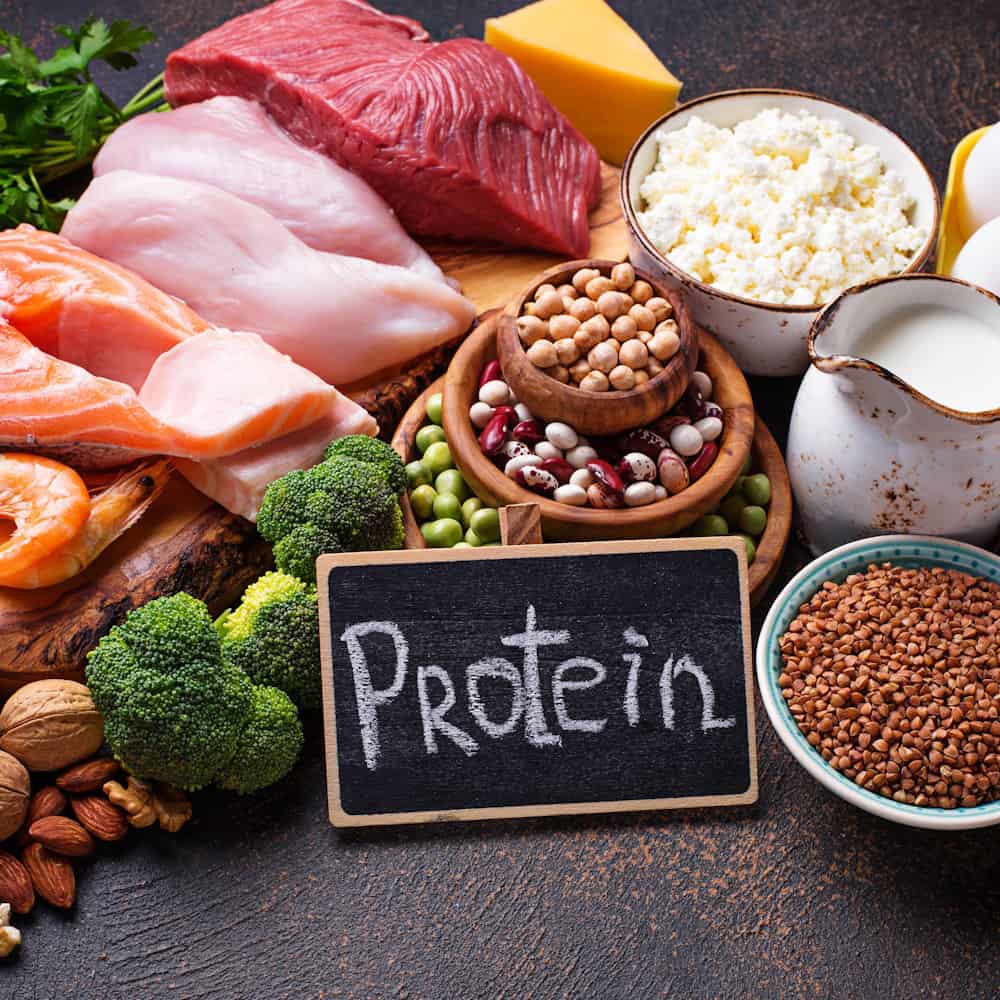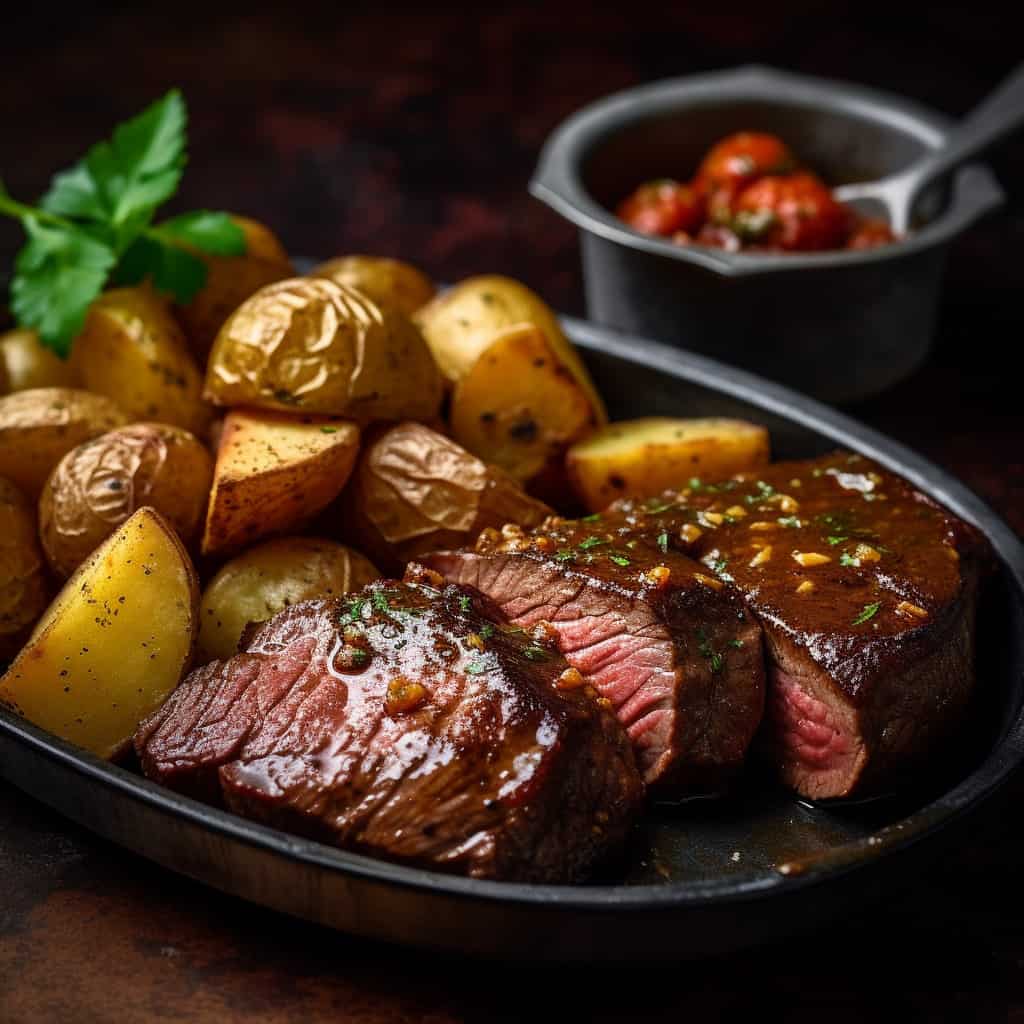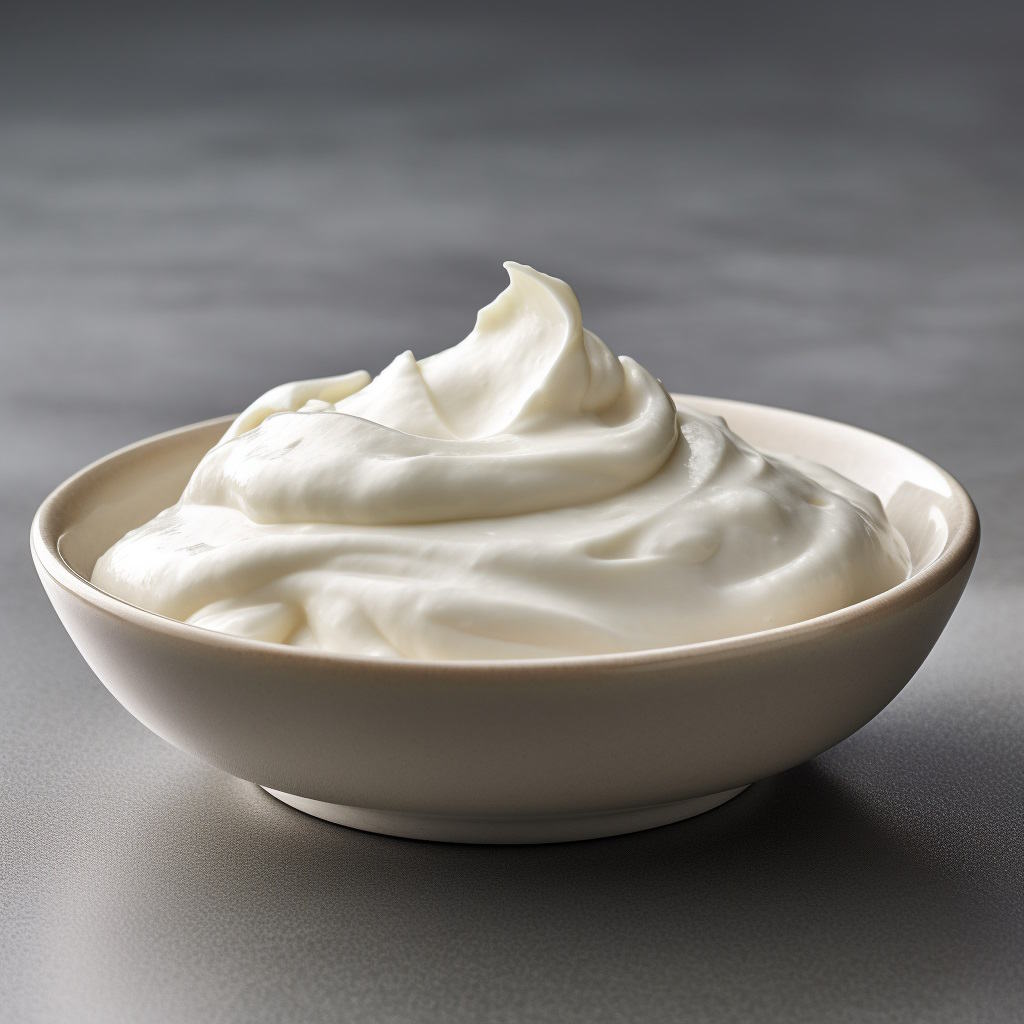Protein Intake for Getting Lean – A Simple Strategy

Getting enough protein is crucial for successful fat loss and muscle retention when cutting. However, many struggle to hit their daily protein target, especially while fasting or on lower calorie intake.
Let’s dive into the details on protein while cutting – why it matters, how much you need, and tips to easily reach your goal every day.
Why Protein Matters for Cutting
There are two key reasons getting adequate protein is vital when in a calorie deficit to drop fat:
1. Maintains Muscle Mass
The higher your protein intake, the better your body can hold onto lean muscle mass as you shed pounds. Without sufficient protein, your body will break down more muscle for energy as you cut calories.
Losing muscle is the opposite of what you want! Having more lean muscle raises your metabolism and gives you that toned, athletic look.
2. Keeps You Fuller Longer
Protein is the most satiating macronutrient. When cutting calories, high protein keeps you feeling fuller between meals and helps control hunger.
This makes it easier to stick to your diet. Protein prevents as much metabolic slowdown, too.
So, in summary – protein while cutting equals more muscle retention plus easier fat loss.
Busting Protein Myths

Before we continue, let’s clear up a couple common protein misconceptions:
Your Body Can Absorb More Than 30-40g Per Meal
Many claim your body maxes out at absorbing around 30-40g protein per meal. This myth has been busted – you can efficiently absorb far more protein than that in one sitting.
Research shows that the body can absorb large amounts of protein in one meal.
While absorption may be slower for very large protein intakes, there is no hard upper limit or cap on how much you can absorb per meal.
Multiple studies have shown similar muscle protein synthesis from large 80-100g protein doses compared to smaller 30g doses, disproving the myth that you can only use a small 30g protein serving[1].
You Don’t Need As Much Protein As You Think
Another myth is the idea you need very high protein intakes, like 1g per pound of body weight or more. This is overkill for most people.
Many bodybuilders and athletes consume protein upwards of 1-2g+ per pound under the belief that more is better for muscle growth. However, research shows the optimal protein intake is lower than typically recommended.
Menno Henselmans has a helpful article titled, The Myth of 1 g/lb: Optimal Protein Intake for Bodybuilders. He references 10+ studies that come to the conclusion that there really is no benefit to .82 grams of protein per pound of body weight.
In fact, most research finds no more benefit to .64 grams per pound.
The latest evidence suggests 0.6-0.8g protein per pound of lean body weight (not total weight) is sufficient for muscle growth in active individuals. Up to 1g per pound of lean body mass is certainly safe if it fits your macros and preferences.
But targeting 2g+ per pound or more is unnecessary, puts strain on your kidneys, and adds excess calories that could hinder fat loss during a cut. Stick to roughly .8g per pound of lean mass. For a 200-pound man at 20% body fat, that’s about 130 grams of protein daily.
Hitting Your Protein Target While Fasting

Now let’s get into tips for easily hitting your protein goal each day, even in a fasting protocol or low-calorie diet.
Focus on a Big Protein-Rich Evening Meal
Consuming one large protein meal per day can go a long way. Aim for at least 1 pound of meat or fish. This alone provides more than 100g of protein.
Add some carbs like rice and veggies, and you’ve got a massive 130-150g protein meal.
Supplement With Essential Amino Acids
Sipping 10g of essential amino acids (EAAs) during your fasting window can help maintain muscle. EAAs also reduce hunger.
Add Collagen for Extra Protein
While not high in muscle-building EAAs, collagen offers skin, hair, nail, and joint benefits. Aim for 20-30g collagen from powder.
Include Small Amounts of Yogurt, Eggs, etc.
A couple scoops of Greek yogurt, eggs, or other high-protein snacks provide an easy protein boost to round out your total intake for the day.
What I recommend now is a small meal to break your fast, about 5 hours after waking up. Get a bowl of 2% Greek Yogurt, mix in a scoop of Kino Collagen, slice up a banana, and cut it into the bowl.
Sample Protein Cutting Meal Plan

Here’s one sample plan to easily get 150-160g protein while cutting (just adjust portion size to hit protein and calories).
- Lunch: Greek yogurt, Kino Collagen, banana, and rice crispy square = 40-50 grams of protein
- Dinner: 16 oz striploin steak, baked potato, broccoli or salad = 130-150 grams of protein.
This meal plan allows you to hit your daily protein target without much effort, while keeping calories controlled for fat loss.
Adjust the meal sizes and protein sources to match your own preferences and cutting macros.
Key Takeaways on Protein While Cutting
Getting sufficient protein while cutting helps retain your hard-earned muscle and makes shedding fat easier.
But it doesn’t need to be difficult, even in a fasting setup.
Focus on a substantial protein-focused meal, supplement with amino acids and collagen, and include small high-protein snacks or a lunch to reach your optimal protein intake for cutting. With a bit of planning, you can maintain muscle and become lean!